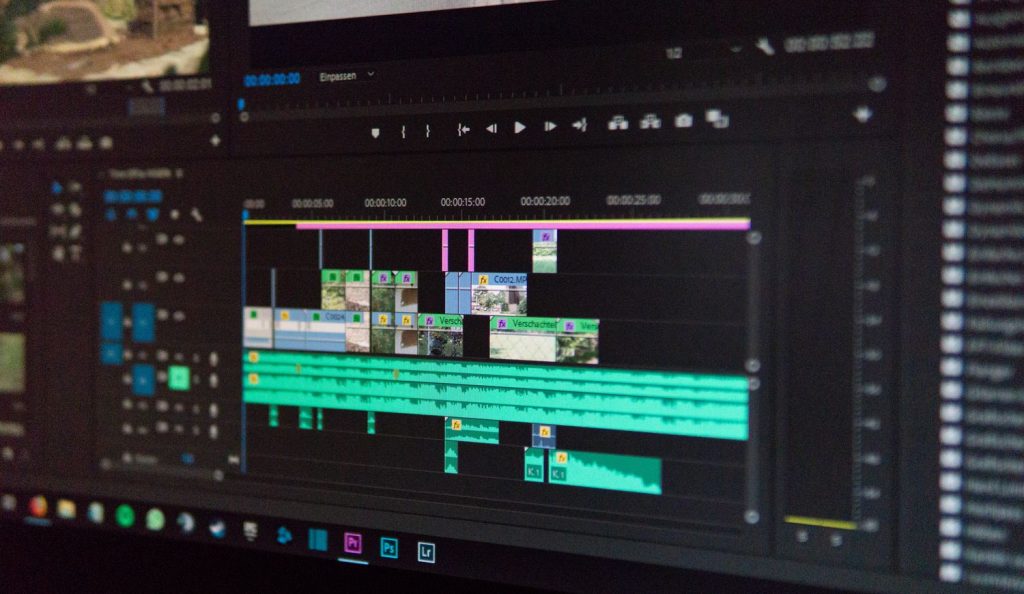Fake video content: How to tell what is real
Matthew James Oxlade
We’ve all seen the videos that go viral, like the one with the Great White shark in Sydney harbor or the girl being chased by a bear on her snowboard. A lot of the time, these seem almost too extreme or wild to be true. I hate to break it to you if you’re still a believer in any of these fake videos. Truth be told, many of them are fabricated. A lot of the time, content that is shared through social media has been altered, or made up completely. Everything from news stories to videos can be faked.
So, next time there is a video going around that seems almost too good to be true, chances are it is. Here’s how to spot a fake and avoid the embarrassment or any consequences of spreading fake news and fabricated video content to your clients. By going through these steps, you will be able to make informed decisions about your content and avoid any backlash that could affect your reputation.
What are the benefits to spotting a piece of fake video?
Being able to spot video content has a number of benefits and can set you up for success down the road. One of the main benefits is being able to control your own content. If you are using an outsourcer and they assure you that a piece of content is ‘great’, you can figure out first of all whether this content is real or not. Once you are able to identify whether the content is real, then you are able to make an informed decision about your content, without blindly trusting that the outsourcer has your best interests at heart.
You know that you are playing the slow honest game, which is safer.
Another benefit is that when comparing yourself to your competitor, and you see that some of their content is doing well; you can determine for yourself whether this content is real or not. If the content is fake, you can step back and not feel so bad! You know that you are playing the slow honest game, which is both safer and will not lead to any negative consequences for the trust of your clients or customers.
So, now you know why it’s important to be able to make these judgments, it’s time to figure out how to spot these fake videos and news stories!

Research, Research, Research
Chances are, if you’re wondering to yourself whether this content is real or has been fabricated, other people are wondering the same thing. These days, there are almost no questions that haven’t been asked online (almost). This is your opportunity to get online and really get to the bottom of it. There are forums and blogs dedicated to these types of things and most of the time you will have no problem finding your answer.
This is generally the first and last thing you need to do when deciding whether a piece of content is fake, but there are the odd times it proves a little more difficult to figure out. Not to worry, there are plenty of other ways to figure it out.
Look into the origins of the video
Couldn’t find the answer on a forum or blog? No problem. Time to delve a little deeper into that content you feel in your gut is a fake video. One way to do this is to look at the origins of the video. Did an individual or a marketing company produce the video? If it’s the latter, you’re most likely looking at a fake video.
Watch out for product placement
Paying attention to the details of the video can be really telling. Marketing companies get really sneaky with their advertising and have a way of making product placement fit in. Look for named brands and count how many times they are shown throughout the video. If it’s more than a few, chances are you’re looking at a very sneaky marketing campaign.
It’s all in the details
Another great way to spot a fake video is to pay close attention to the detail. Watch out for any moments that skip, or look out of place. This can be a sign that the video has been highly edited or spliced to add an interesting element (think the ‘bear’ in the snowboarding video). Even the video editing pros make mistakes that can be picked up on if you’re looking close enough. Watch carefully and chances are you’ll be able to see for yourself if the video is real or is a fake.
When it comes to sharing content from your business page, you want to make sure the content is high quality and reflects well onto you. It’s also important to keep in mind that your clients and customers will hold a level of trust with you and you don’t want share anything that is untrue. This means you should avoid spreading content such as fake new stories or fake videos.
All of the tips above will help you identify whether content is real or fake and allow you to make informed decisions about the content you share to your page. This could save you some heartache in the future, keep your reputation in check and keep you in high regards with your customers or clientele.